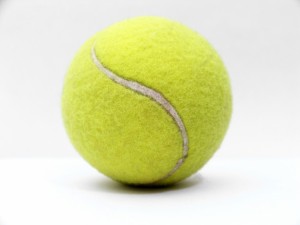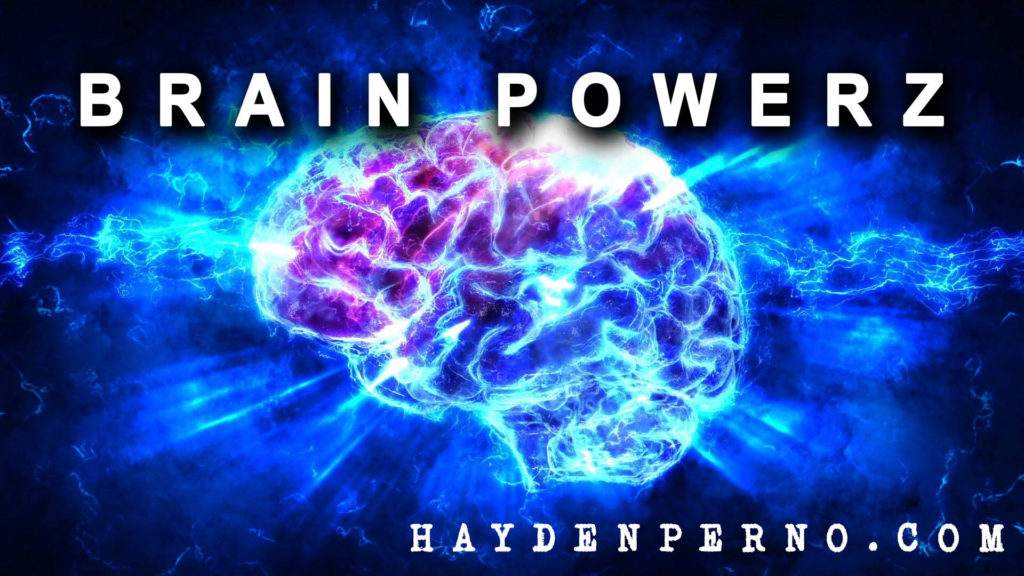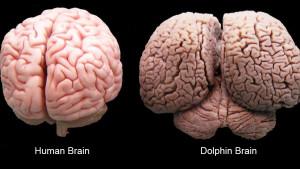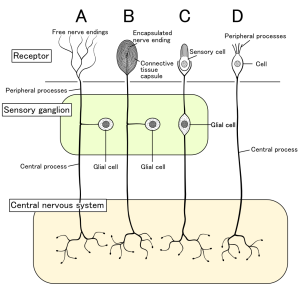Can you imagine being able to project an image that you are looking at to a friend that can be anywhere from zero right up to two million centimetres (yep, 20km) away from you? What about doing the same thing to something you are simply thinking about? Well, that’s what scientists believe dolphins are doing with their complex brains.
I’ll tell you one thing, if this was possible with us humans, that would indeed be bye-bye to a lot of our Instagram, Snapchat, Pinterest, and even our beloved Facebook habits. That’s for sure. I mean, who would want to use social media when we can just send out a cliché location shot from our minds to all our followers to make them jealous?
For the dolphins, since they’re underwater (most of the time), there’s a dampening in communication signal possibilities. So, just imagine what land-dwellers, such as ourselves, could do with the distance capabilities of image communication.
I can see it now, even just using the 20km distance capability of communication, salesman could project images to people all around the world just by sending images to the furthest person possible, and then them relaying the image on. It would be chaos.
There would probably even be a job simply known as an Image Communication Relayer and they would live in the mountains on high structures, giving us the capability of communicating with people the next country over.
Note: Not to scale…
Dolphins and whales really are amazingly freakin’ smart. A lot more than we give them credit for. I mean, we always hear about the stories of humans being saved by dolphins, right? Add that to the way that both these cetaceans use sonar, along with visuals to work out where they are and where they’re going, and we have some serious Earth re-claiming candidates.
Labelling us humans as the most intelligent species ever to have walked on Earth is a huge claim. A claim that is an ongoing debate, in fact. And when we gather the evolutionary scientific perspective that their ancestors were once land animals (after being water ones) that returned to the water, can we really even say that?
Think about it, thanks to their ancestors that once galloped like a gazelle does on land (as you can see from cetacean swimming gaits), they get to swim around all day long with not a care in the world (except for humans kidnapping them), projecting images to one another, while we – us mere mortals – have to pay bills and do things like grocery shop, watch what we eat, and take the rubbish out.
#teenagers
Human Smartz
The ‘most intelligent species’ title is always up for debate. And on one hand, we can see that intelligence really is relative to each individual species living on Earth with the classic ‘survival of the fittest’ concept. With this concept, it explains that the best species always can adapt to their environment no matter what, and will outlive any others that try to emulate them.
On the other hand, whilst intelligence is simply a word humans created, it is a generalized term that can’t really explain every single individual living in each of the species on this planet.
Take humans, for example. One human might think that using plastic to package all our foods and then throw it into landfill is super smart, whilst another human might think that building houses that can self-generate their own heat by having a room that keeps chickens in, is.
No matter how we look at it, we can all agree on one thing, however, and that is that the human brain really is a complex piece of work that has evolved, grown, and in fact, shrunk again over time.
R We Gettin Dummer?
During the first 20 million years of the evolutionary process of life bringing us to this exact point in time, the brain has gone through a helluva lot of changes.
It’s grown in size, it’s changed shape, it’s added new layers, and for the past 20,000 years or so, it’s lost a whole tennis ball in size from it.
 Just in case your shrunken brain forgot what they look like.
Just in case your shrunken brain forgot what they look like.
But, brain size really has nothing to do with the level of intelligence or capabilities of handling tasks. We wouldn’t be here today if small brains weren’t capable of completing tasks, creating things, and being aware of what is dangerous and what can cause us pain.
The simple fact that danger signs cause us to be aware, anxious, and afraid of pain, is demonstration enough that pain keeps us safe and alive. But how does it know what is dangerous?
Special Receptors
Throughout our body we have nerve receptors that experience things that then send the information they experience up our super complicated nervous system to the big dog (the brain, for all you pre-gangsta period people out there).
For pain, we have specials ones that are called nociceptors. These high-threshold receptors fire only when there is something that could cause, or is causing damage to the body. And, they only do so when something is damaging enough that causes our pain threshold to lower.
Think about someone punching you in the arm gently. If they keep doing this, whilst slowly building intensity with each hit, there comes a point in time that the damage crosses the pain threshold and the nociceptors send a message to the brain telling it that there is a possible threat for pain. A soft punch won’t really hurt most of us, whilst a harder one that causes the nociceptors to fire, can/will.
When the brain receives the message from the damaged site, it will then work out whether or not this threat is important enough to worry about or file it in the “whatever category”. This is one reason why you may recall times when you notice a bruise or cut on your body, but have no recollection of when, where, or how this occurred.
If the brain deems the threat an issue of concern, it releases a message back to the area where the cells then receive the message to release what is known as tuning chemicals.
Tuning Chemicals
Once these tuning chemicals are released, the damaged area starts to be a little sensitive. As you would know, when you have a painful damaged area on your body, anytime you knock it, you can sometimes feel that pain worse than what you felt when you first inflicted the damage.
Well, you can thank these tuning chemicals for raising our body temperature, causing inflammation (which is ideal for healing, mind you), and of course, lowering our pain threshold for this sensitive area type of result.
Of course everyone’s level of sensitive coming out is different and is all a result of things such as moods, emotions, stress levels, past experiences, knowledge, and even sleep. That’s why when people are damaged, not all tend to turn to pain medication to get them through the two to three weeks of a low pain threshold sensitive area.
Pain Meds
Speaking of pain medication, did you know that aspirin and ibuprofen work to keep us in less pain by blocking one particular class of the tuning chemicals that cause the lowering of the pain threshold known as arachidonic acids?
When these pain killer medications are added to our bodies, they like to make themselves at home within two enzymes. Once inside these enzymes, the arachidonic acid can no longer insert itself into its rightful home. And because of this, our pain thresholds can no longer lower. This creates the less painful experience of our damaged area. Interesting, right?
So there you go, now the next time you finely slice yourself whilst dicing onions with your blade, you know what is going on inside your ever-shrinking brain and its complicated network that makes up the nervous system.
_________________________________
References:
Kenneth Marable and Misha Collins. The Neurological and Environmental Basis for Differing Intelligences: A Comparison of Primate and Cetacean Mentality.
Madison Montgomery. Still Think Humans are the Most Intelligent Animals? Here’s Why Whales and Dolphins Have us Beat.
Quintana-Rizzo E, Mann DA, Wells RS. Estimated communication range of social sounds used by bottlenose dolphins (Tursiops truncatus). J Acoust Soc Am. 2006 Sep;120(3):1671-83.
Richard Dawkins. The Greatest Show on Earth: The Evidence for Evolution.
Carl Sagan. The Dragons of Eden: Speculations on the Evolution of Human Intelligence.
Kathleen McAuliffe. If Modern Humans Are So Smart, Why Are Our Brains Shrinking?
Keith Wassung. The Role of Inflammation in the Healing Process.










